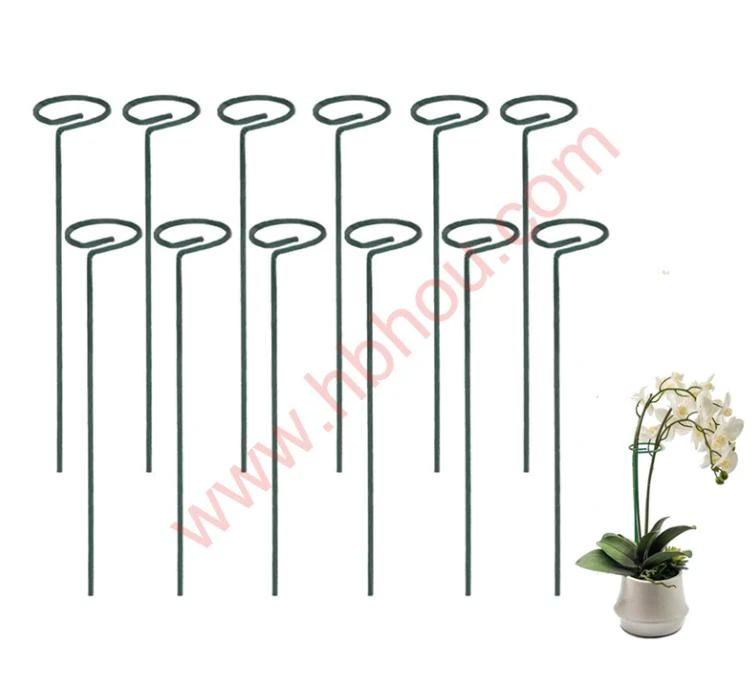Understanding Fence Staple Drivers An Essential Tool for Fencing Projects
When it comes to securing fencing materials, particularly wire fences, the role of a fence staple driver cannot be overstated. This specialized tool is designed to drive staples deep into wood and other surfaces, ensuring that the fencing material remains firmly in place. Whether you are a professional fencing contractor or a DIY enthusiast, understanding how to use a fence staple driver effectively can make your fencing project both efficient and durable.
What is a Fence Staple Driver?
A fence staple driver is a hand-operated or pneumatic tool that allows users to drive staples—metal fasteners with sharp points—into wood. The staples are typically used to attach wire fencing to wooden posts or rails, providing a strong and secure hold. While some may think of it as a simple hammer, a staple driver is designed specifically for this purpose, offering more precision and efficiency.
Types of Fence Staple Drivers
There are generally two types of fence staple drivers manual and pneumatic.
1. Manual Drivers These are the traditional tools that require physical force to operate. Constructed from sturdy materials, manual staple drivers usually feature a handle that allows the user to lift and strike the tool against the staple. This method requires some physical effort but is effective for small projects or remote working where electricity isn't available.
2. Pneumatic Drivers For larger projects or professional use, pneumatic staple drivers are preferred. These tools are powered by compressed air, allowing for rapid staple driving with minimal effort. They are particularly beneficial when working with extensive fencing in agriculture, construction, or landscaping, where efficiency is key.
Benefits of Using a Fence Staple Driver
- Precision A staple driver ensures that staples are driven straight and to the correct depth, reducing the risk of bending or misplacing them, which can happen with manual hammers. - Efficiency Using a staple driver, especially a pneumatic version, can significantly speed up the process of securing fencing materials. Instead of spending time hammering in each staple individually, you can drive multiple staples in less time.
fence staple driver

- Reduced Physical Strain Driving staples by hand can be strenuous, especially over larger areas. A staple driver, particularly a pneumatic one, reduces the physical effort required, making it easier to complete the job without fatigue.
How to Use a Fence Staple Driver
Using a fence staple driver is relatively straightforward, but it’s important to follow the right steps to ensure effectiveness
1. Prepare Your Materials Before you begin, gather your fencing materials, staple driver, and staples. Make sure the area is clear and that you have good access to the posts.
2. Position Your Staple Place a staple at the designated spot on the wood where you want to secure the wire. Ensure that the wire is taut and held in position.
3. Align the Driver Position the driver's striking end over the staple and ensure it is aligned properly.
4. Drive the Staple If using a manual driver, raise it and strike down firmly. For a pneumatic driver, simply pull the trigger to drive the staple into the wood.
5. Check for Secure Attachment Make sure the staple is not protruding and that it has securely held the wire in place.
Conclusion
A fence staple driver is an invaluable tool for anyone involved in fencing projects, providing ease of use, efficiency, and precision in fastening wire to wooden structures. Whether you opt for a manual or pneumatic driver, understanding its operation will enhance your fence installation experience. Investing in a quality staple driver will ultimately lead to better results and a more durable fencing solution, making it a must-have tool in any fencing kit.
















